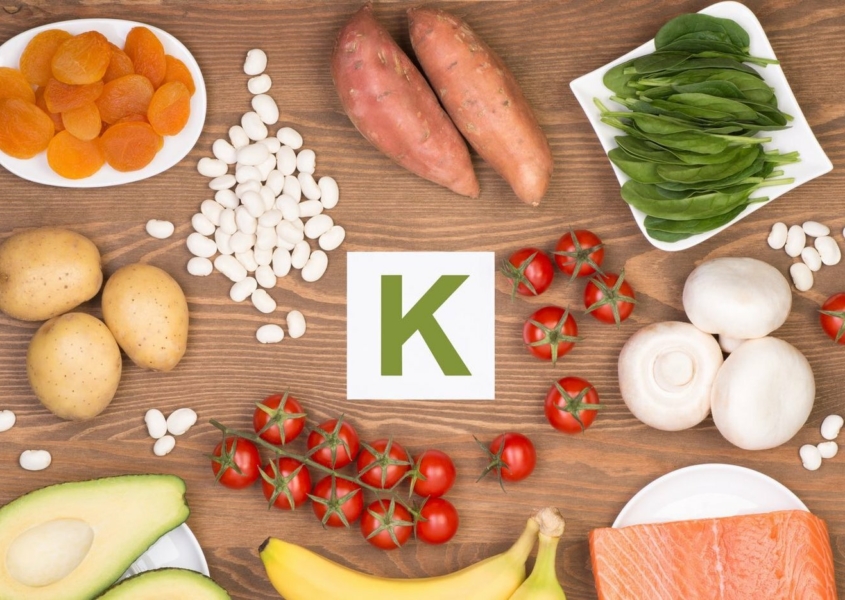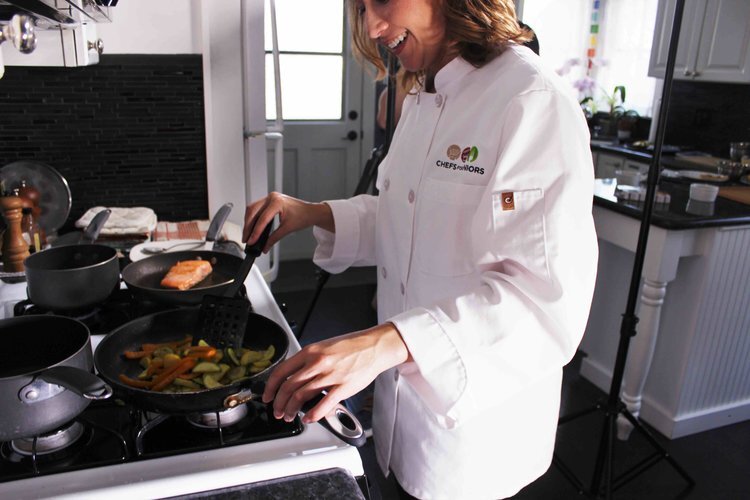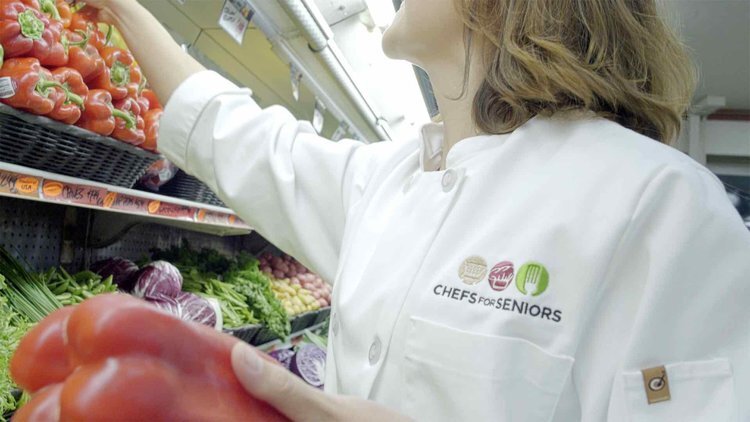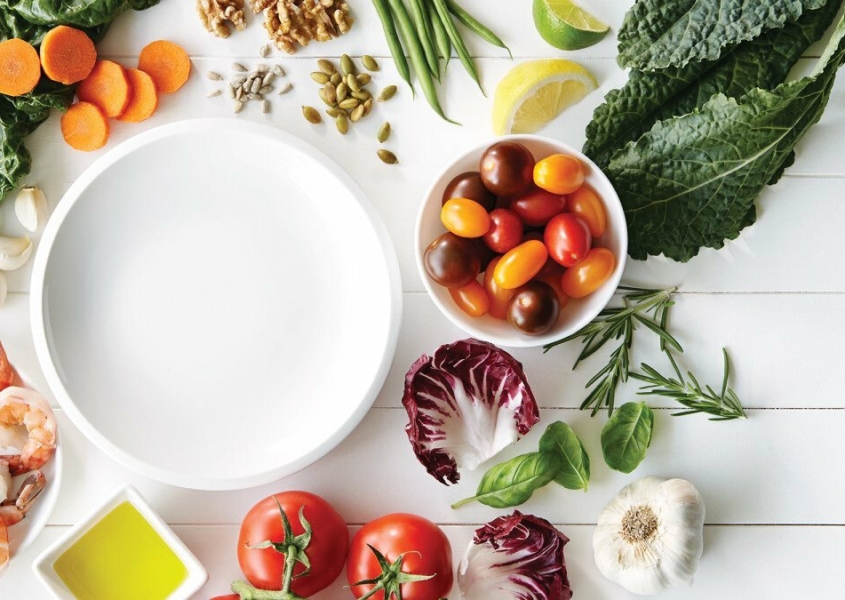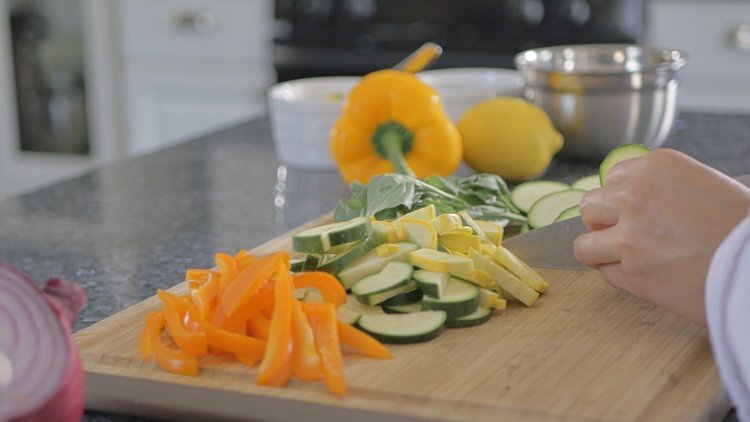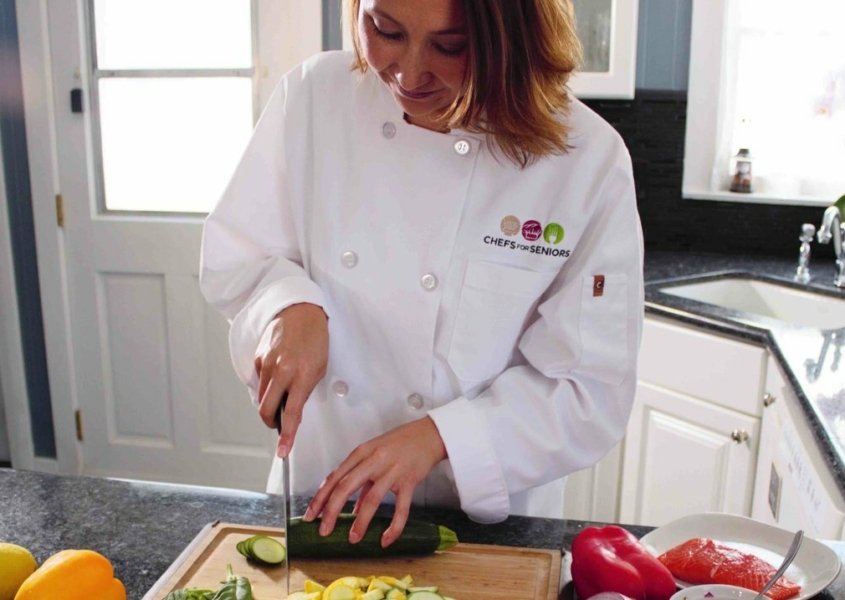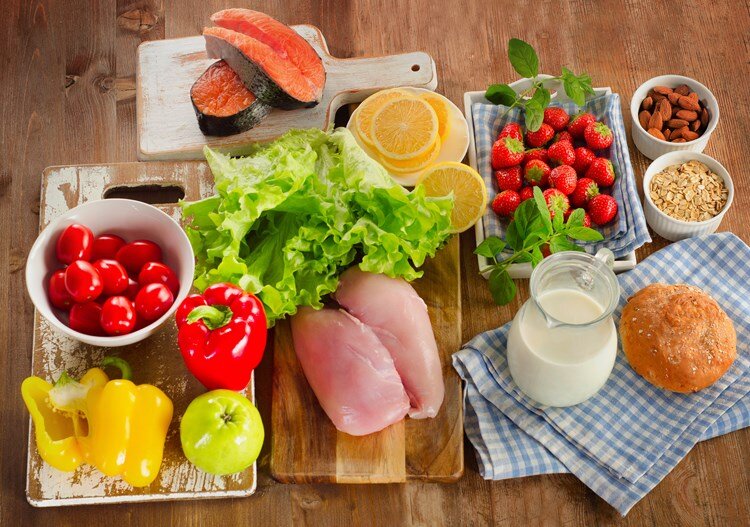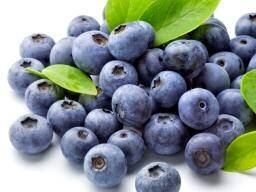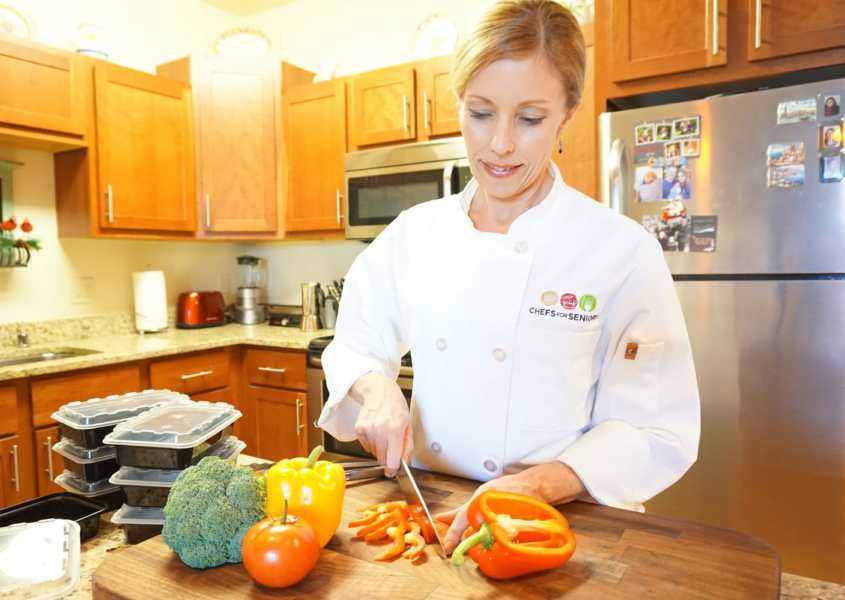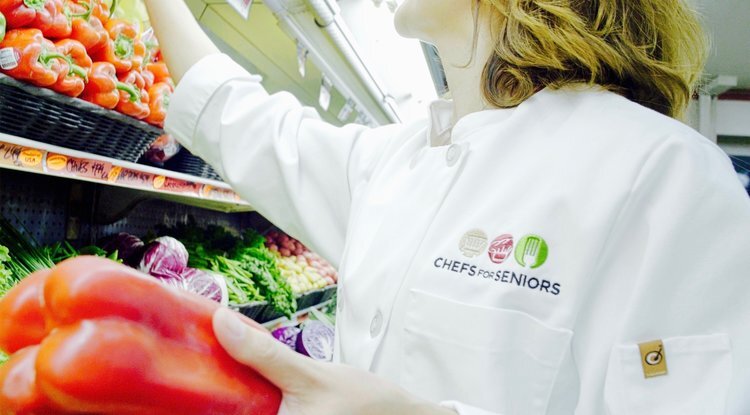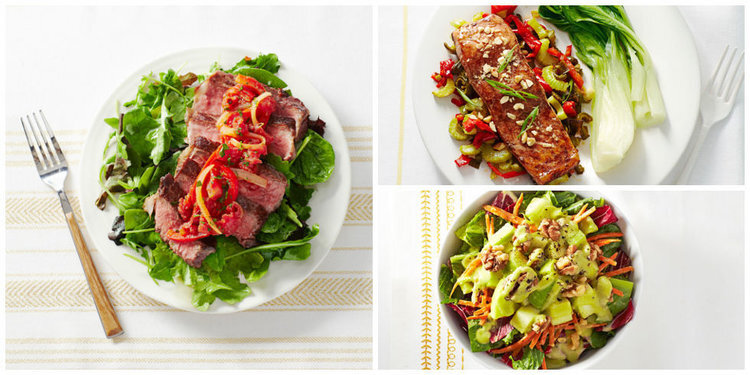Potassium is an essential mineral found in a wide variety of foods. It helps keep your muscles working properly, including the most important muscle – your heart. One of the primary functions of your kidneys is to keep a healthy amount of potassium in the body, but when the kidneys aren’t functioning properly, your doctor may recommend a low potassium diet to prevent dangerous amounts from accumulating in your body. If your potassium levels are too high, it can lead to side effects like an irregular heartbeat or even a heart attack.
In the article, we’ll discuss best practices when following a low potassium diet, including foods high in potassium to avoid.
HYPERKALEMIA
A big word with a simple meaning. Essentially, hyperkalemia is a condition caused by having too much potassium in your blood. If you break down the term: hyper = high, kal = potassium, emia = in the blood.
When asking your doctor about the potassium levels in your blood, if your levels are:
3.5 – 5.0: You’re in the SAFE ZONE
5.1 – 6.0: You’re in the CAUTION ZONE and may need to follow a low potassium diet
6.0+: You’re in the DANGER ZONE and will need to make major diet changes in addition to introducing new medications. You may be diagnosed with hyperkalemia at these levels.
BASIC PRACTICES FOR A LOW POTASSIUM DIET
When following a low potassium diet, you’ll of course want to adhere to the recommendations of a trusted health professional, which probably means your doctor or renal dietitian. That being said, the following are general best practices for MOST people on a low potassium diet:
- Pay attention to serving sizes: almost all foods have at least some potassium, so don’t eat anything in excess. Eating smaller meals throughout the day is best for a low potassium diet, not to mention it will do great things for your metabolism.
- Avoid high potassium foods: this is an obvious one, but avoid foods with high potassium levels even in moderation. In the next section of this article we’ll provide a list of ingredients to avoid.
- Start leaching: leaching is a process why which you can extract potassium from certain high potassium vegetables. It’s a bit strange but has been proven effective. It works especially well for potatoes, sweet potatoes, carrots, and other root vegetables. Specific steps for leaching can be found toward the end of this article.
- Avoid drained juices from cooked meat: when cooking meat, make sure you drain the excess liquid from the pan.
- Follow your treatment plan: especially if you’re on dialysis, make sure to follow the prescribed diet and medication plan provided by your healthcare professional.
HIGH POTASSIUM FOODS
The following is a list of high-potassium foods to avoid. Of course, some foods on this list have higher amounts of potassium than others. Most of these foods have over 200mg of potassium per serving.
| Fruits | Vegetables | Other Foods |
|---|---|---|
| Apricot, raw (2 medium) | Acorn Squash | Bran/Bran products |
| dried (5 halves) | Artichoke | Chocolate (1.5-2 ounces) |
| Avocado (.25 whole) | Bamboo Shoots | Granola |
| Banana (.5 whole) | Baked Beans | Milk, all types (1 cup) |
| Cantaloupe | Butternut Squash | Molasses (1 Tablespoon) |
| Dates (5 whole) | Refried Beans | Certain Nutritional Supplements |
| Dried fruits | Beets, fresh then boiled | Nuts and Seeds (1 ounce) |
| Figs, dried | Black Beans | Peanut Butter (2 tbs.) |
| Grapefruit Juice | Broccoli, cooked | Salt Substitutes/Lite Salt |
| Honeydew | Brussels Sprouts | Salt Free Broth |
| Kiwi (1 medium) | Chinese Cabbage | Yogurt |
| Mango(1 medium) | Carrots, raw | Snuff/Chewing Tobacco |
| Nectarine(1 medium) | Dried Beans and Peas | Yogurt |
| Orange(1 medium) | Greens, except Kale | Snuff/Chewing Tobacco |
| Orange Juice | Hubbard Squash | |
| Papaya (.5 whole) | Kohlrabi | |
| Pomegranate (1 whole) | Lentils | |
| Pomegranate Juice | Legumes | |
| Prunes | White Mushrooms, cooked (.5 cup) | |
| Prune Juice | Okra | |
| Raisins | Parsnips | |
| Potatoes, white and sweet | ||
| Pumpkin | ||
| Rutabagas | ||
| Spinach, cooked | ||
| Tomatoes/Tomato products | ||
| Vegetable Juices |
LOW POTASSIUM FOODS
Below is a list of low-potassium foods. All foods have some amount of potassium, so it’s important to consume even low potassium foods in moderate portions. In general, these foods provide less than 200mg of potassium per serving.
| Fruits | Vegetables | Other Foods |
|---|---|---|
| Apple (1 medium) | Alfalfa sprouts | Rice |
| Apple Juice | Asparagus (6 spears raw) | Noodles |
| Applesauce | Beans, green or wax | Pasta |
| Apricots, canned in juice | Broccoli (raw or cooked from frozen) | Bread and bread products (Not Whole Grains) |
| Blackberries | Cabbage, green and red | Cake: angel, yellow |
| Blueberries | Carrots, cooked | Coffee:limit to 8 ounces |
| Cherries | Cauliflower | Pies without chocolate or high potassium fruit |
| Cranberries | Celery (1 stalk) | Cookies without nuts or chocolate |
| Fruit Cocktail | Corn, fresh (.5 ear) frozen (.5 cup) | Tea: limit to 16 ounces |
| Grapes | Cucumber | Tea:limit to 16 ounces |
| Grape Juice | Eggplant | |
| Grapefruit (.5 whole) | Kale | |
| Mandarin Oranges | Lettuce | |
| Peaches, fresh (1 small) | Mixed Vegetables | |
| Peaches, canned (.5 cup) | White Mushrooms, raw (.5 cup) | |
| Pears, fresh (1 small) | Onions | |
| Canned Pears (.5 cup) | Parsley | |
| Pineapple | Peas, green | |
| Pineapple Juice | Peppers | |
| Plums (1 whole) | Radish | |
| Raspberries | Rhubarb | |
| Strawberries | Water Chestnuts, canned | |
| Tangerine (1 whole) | Watercress | |
| Watermelon (limit to 1 cup) | Yellow Squash | |
| Zucchini Squash |
LEACHING STEPS
To leach higher potassium vegetables:
- Peel and place the vegetable in cold water so they won’t darken.
- Slice vegetable 1/8 inch thick.
- Rinse in warm water for a few seconds.
- Soak for a minimum of two hours in warm water. Use ten times the amount of water to the amount of vegetables. If soaking longer, change the water every four hours.
- Rinse under warm water again for a few seconds.
- Cook vegetable with five times the amount of water to the amount of vegetable.
The video below from Davita provides an overview of the leaching process for potatoes, although the instructions are slightly different than what’s laid out above.
PLANNING A LOW POTASSIUM MENU
Eating whole foods and using fresh ingredients is your best bet for following a low potassium diet. With all the foods that are high in potassium, it’s probably best to avoid eating at restaurants because you don’t know exactly what’s in an entrée.
If your doctor has instructed you to follow a low-potassium diet, but you don’t have the time or find it difficult to cook, a personal chef service could be a good option. Your personal chef can customize affordable meals specifically for your low-potassium diet, and oftentimes can even take instructions directly from a healthcare professional.

